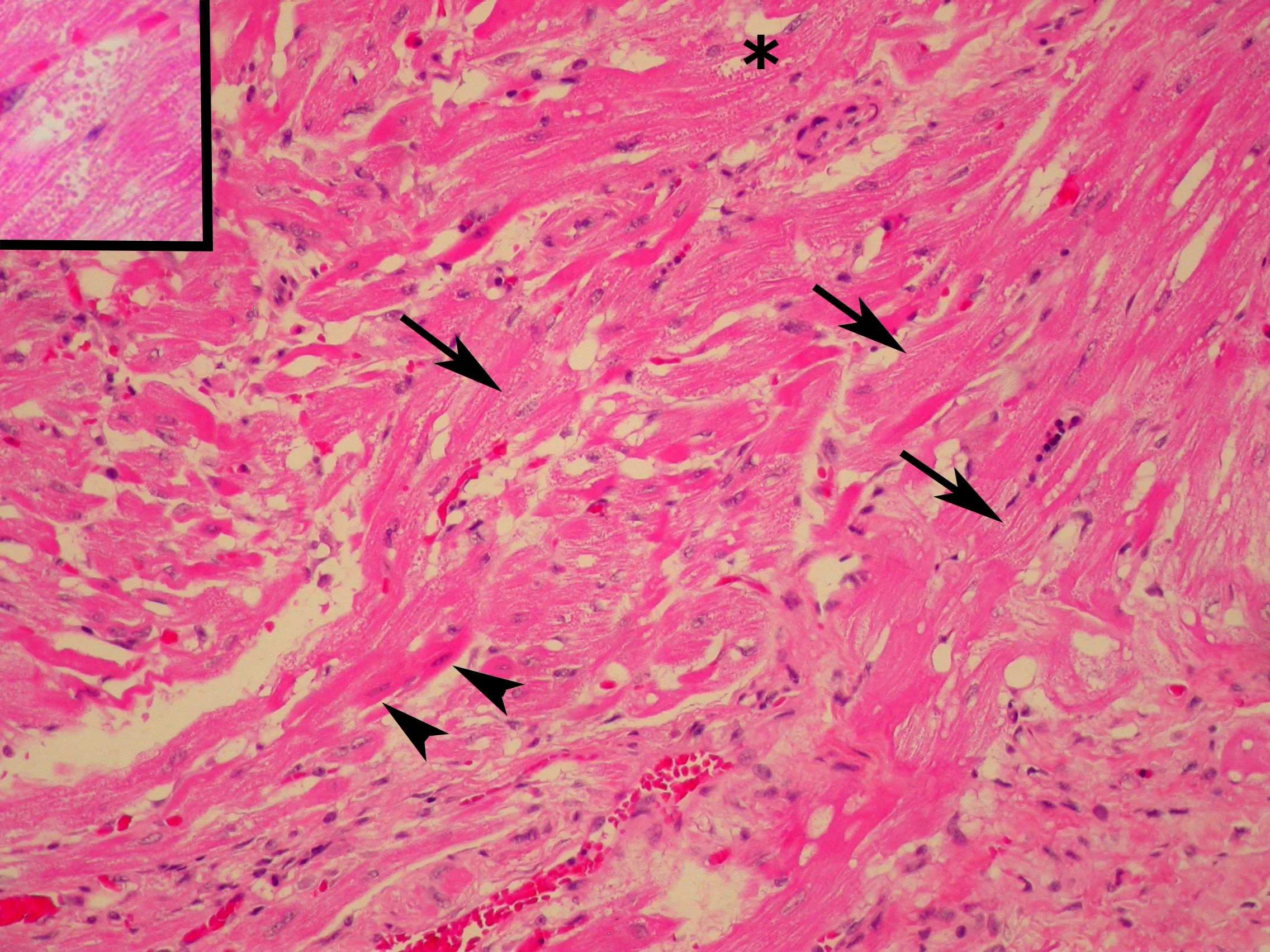Cardiac hypertrophy associated with Corynebacterium spp. in Didelphis albiventris cubs
DOI:
https://doi.org/10.24070/bjvp.1983-0246.v16i2p112-116Keywords:
cardiac remodeling, opossum, corynebacteria, wildlifeAbstract
The purpose of this manuscript is to describe the clinical-pathological aspects of cardiac hypertrophy related to the presence of Corynebacterium spp. in three Didelphis albiventris cubs. In necropsy, macroscopically, in the heart, cardiomegaly, concentric hypertrophy of the ventricles and the ventricular septum were observed, with consequent reduction of the chamber. Microscopically, the primary lesions found in the heart were cardiomyocyte hypertrophy and necrosis, myocytolysis, and the presence of myriad basophilic bacteria. Liver fragments and endocardial swabs were sent for bacterial culture, in which pleomorphic Gram-positive rods grew, forming small and hemolytic colonies. Chemical tests demonstrated characteristics compatible with Corynebacterium spp. Thus, this report represents the first description of cardiac hypertrophy associated with Corynebacterium spp. in white-eared opossums cubs, representing an essential contribution to studying diseases in wild animals.


